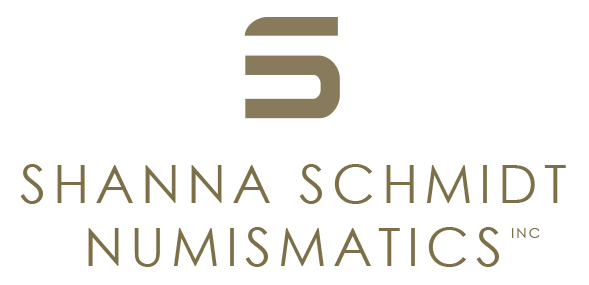Italy, Umbria. Iguvium (Gubbio), c. 280-240 BC
Italy, Umbria. Iguvium (Gubbio), c. 280-240 BC
Cast As, 204.74g (65.8mm, 12h).
Corinthian helmet left. / Cornucopia; below, "ikuvins" and the denomination "I"
References: HN Italy 29. Campana 7. Thurlow-Vecchi 150. Haeberlin p. 222, 1-3, pls. 79, 1-2 and 97, 1. Vecchi, ICC 210. Hoover, Handbook of Greek Coins, 30
Grade: Heavily encrusted but uniformly so surfaces. A few edge irregularities at 4h and 7h. High relief and a nice and rarely seen specimen. EF for issue
rr1373
Scroll down for more information about this coin.
Iguvium was a town located on the western slope of the Apennines, that was of importance until Rome constructed the Via Flaminia. The construction of this road caused it to become less vital for trade. It remained independent of Rome until the Social War. The town also became famous for a series of seven bronze tablets that were discovered in 1444 near the city theatre. These tablets, inscribed in the Umbrian alphabet contained instructions for ceremonies of the Atiedan Brothers, which was a college of priests, as well as references to money used at the time. The Umbrian language is a derivative of the Etruscan language.
Aside from the tablets, we also know that Iguvium was in a remote mountainous area which proved to be a useful prison in 167 BC for the deposed Illyrian King, Gentios and his family.

